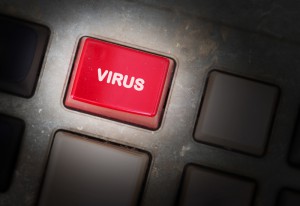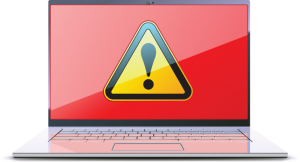In today’s digital landscape, cybersecurity threats continue to evolve. They pose significant risks to individuals and organizations alike.
One such threat gaining prominence is zero-click malware. This insidious form of malware requires no user interaction. It can silently compromise devices and networks.
One example of this type of attack happened due to a missed call. That’s right, the victim didn’t even have to answer. This infamous WhatsApp breach occurred in 2019, and a zero-day exploit enabled it. The missed call triggered a spyware injection into a resource in the device’s software.
A more recent threat is a new zero-click hack targeting iOS users. This attack initiates when the user receives a message via iMessage. They don’t even need to interact with the message of the malicious code to execute. That code allows a total device takeover.
Understanding zero-click malware
Zero-click malware refers to malicious software that can do a specific thing. It can exploit vulnerabilities in an app or system with no interaction from the user. It is unlike traditional malware that requires users to click on a link or download a file.
The dangers of zero-click malware
Zero-click malware presents a significant threat. This is due to its stealthy nature and ability to bypass security measures. Once it infects a device, it can execute a range of malicious activities including:
• Data theft
• Remote control
• Cryptocurrency mining
• Spyware
• Ransomware
• Turning devices into botnets for launching attacks
This type of malware can affect individuals, businesses, and even critical infrastructure. Attacks can lead to financial losses, data breaches, and reputational damage.
Fighting zero-click malware
To protect against zero-click malware, it is crucial to adopt two things. A proactive and multilayered approach to cybersecurity. Here are some essential strategies to consider:
Keep software up to date
Regularly update software, including operating systems, applications, and security patches. This is vital in preventing zero-click malware attacks. Software updates often contain bug fixes and security enhancements.
Put in place robust endpoint protection
Deploying comprehensive endpoint protection solutions can help detect and block zero-click malware. Use advanced antivirus software, firewalls, and intrusion detection systems.
Use network segmentation
Segment networks into distinct zones. Base these on user roles, device types, or sensitivity levels. This adds an extra layer of protection against zero-click malware.
Educate users
Human error remains a significant factor in successful malware attacks. Educate users about the risks of zero-click malware and promote good cybersecurity practices. This is crucial.
Encourage strong password management. As well as caution when opening email attachments or clicking on unfamiliar links.
Use behavioral analytics and AI
Leverage advanced technologies like behavioral analytics and artificial intelligence. These can help identify anomalous activities that may indicate zero-click malware.
Conduct regular vulnerability assessments
Perform routine vulnerability assessments and penetration testing. This can help identify weaknesses in systems and applications.
Uninstall unneeded applications
The more applications on a device, the more vulnerabilities it has. Many users download apps then rarely use them. Yet they remain on their device, vulnerable to an attack.
Only download apps from official app stores
Be careful where you download apps. You should only download from official app stores. And always keep your apps updated using your device’s app store application.





 Like other viruses and malware, malvertisements take advantage of security vulnerabilities on users’ computers and mobile devices. These may be anywhere from the operating system, to web browsers and other applications, to add-ons and extensions like Java, JavaScript, and Flash.
Like other viruses and malware, malvertisements take advantage of security vulnerabilities on users’ computers and mobile devices. These may be anywhere from the operating system, to web browsers and other applications, to add-ons and extensions like Java, JavaScript, and Flash. As a result, even if an organization has made an effort to improve a system’s security, a user doing work on a personal computer has the ability to disable and circumvent protections and has the privileges to allow for the installation of malware.
As a result, even if an organization has made an effort to improve a system’s security, a user doing work on a personal computer has the ability to disable and circumvent protections and has the privileges to allow for the installation of malware.